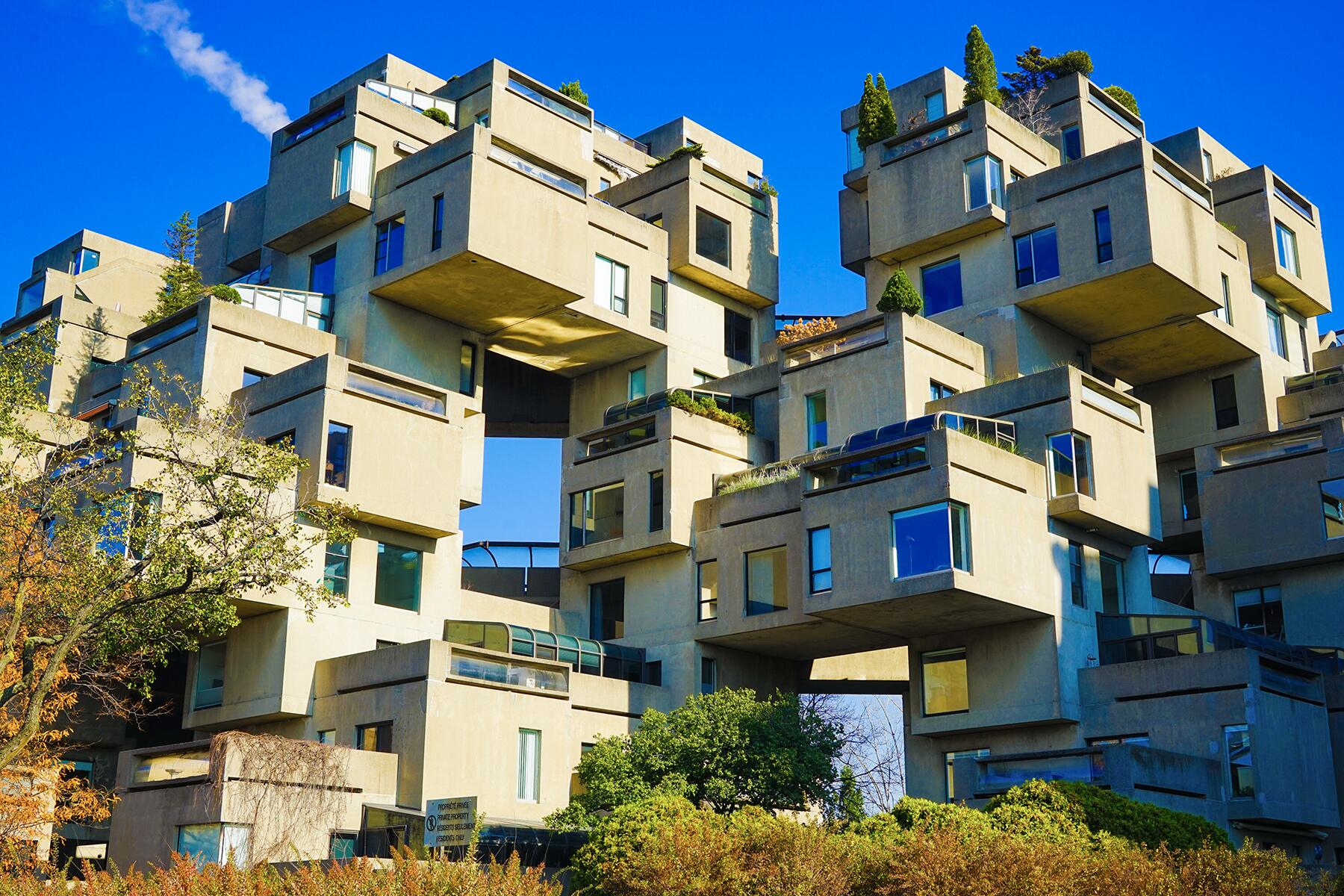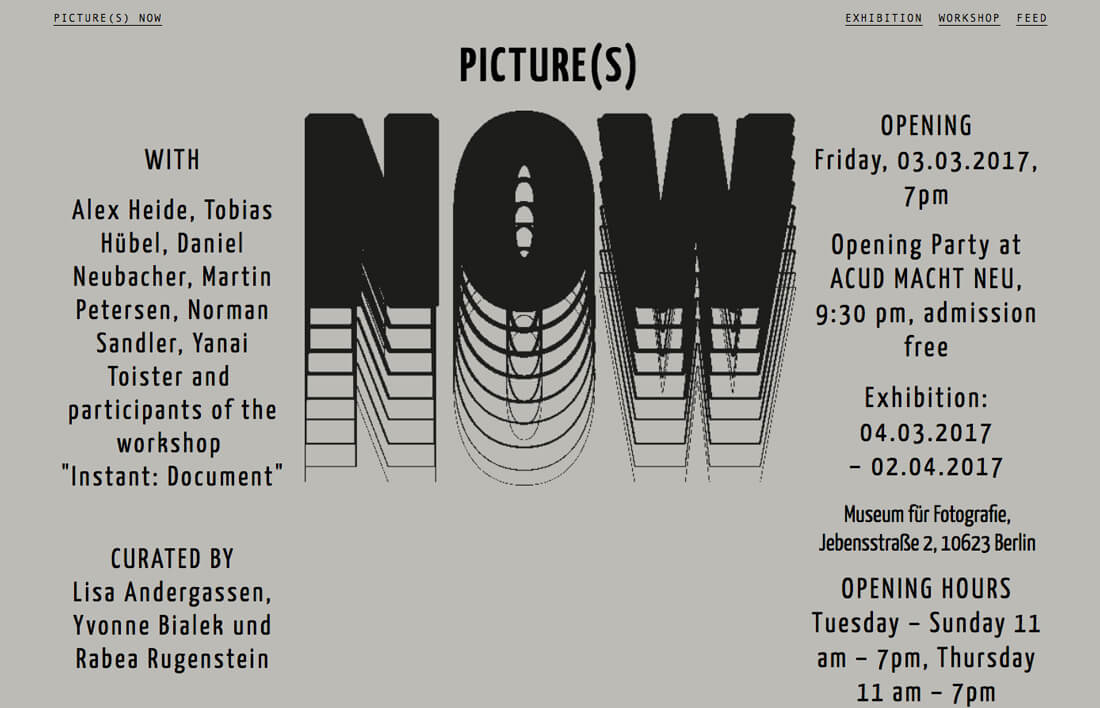Table Of Content

The structure was divisive from the start, with calls for its destruction commencing while it was still being built. In the decades after its construction, it has often been ranked as one of “the world’s ugliest buildings” in opinion polls. Both were left incomplete to produce color and texture variations, with the second-floor pylons being darker and coarser in look, and the third-floor pylons being lighter and more seamlessly repeated. The inverted pyramid design, which attracts attention downward through the vertical stripes of the window frames to the bottom level, as though highlighting the building’s public purpose, contrasts with the sensation of tone change achieved as the structure ascends. While the complex invokes ancient buildings, it also suggests more modern images, such as Cubist art or even an assembly of Lego blocks used by the architect to make preliminary models. When it came to the 1970s architecture period, Brutalism’s link with urban decay and crime was mirrored in the usage of Brutalist locales in films like A Clockwork Orange (1971), a dystopian image of violent, disenfranchised adolescents.
Le Corbusier

"These architectural styles emerged in the post-war period as a rejection of the past's orthodoxy and a pursuit of a new social order free from associations with opulence, authority and war." "In essence, the experience of encountering brutalist churches often involves a transformation from scepticism to appreciation, as individuals are confronted with the unique beauty and architectural innovation that these structures represent." "Many are surprised to discover the thought-provoking nature of brutalist architecture and are drawn to its challenging and unconventional qualities," McGregor Smith told Dezeen.
Brutalist Architecture
Another famous example of Brutalist design is Boston City Hall, which follows the style inside and out with its intricate concrete construction on a large scale. On the campus of University of California San Diego sits the stunning Geisel Library, which is easily identifiable as a Brutalist building. Constructed predominantly of concrete, the building contains tiers of floor-to-ceiling windows. Stepping up close to the library, you feel the looming presence Brutalist buildings can evoke. Designed by Moshe Safdie, an Israeli-Canadian architect, Habitat 67 epitomizes Brutalist design. Looking at the complex, you immediately notice the boxy appearance that creates a pop-out illusion on a vast, large scale.
Grow-at-home furniture
Aurelio De Anda is a graphic designer who works on merchandising, brand identity, print media and web design. Aurelio effectively incorporates elements of brutalism in his portfolio website. Brutalism is used to give more visual weight to individual elements or sections, which helps to attract visitors' attention to the right parts of the page as they’re scrolling through it. It originated in England with Alison Margaret Smithson and Peter Denham Smithson. These two architects were responsible for unique buildings made from concrete with unusual lines. Incorporating plants and greenery into brutalist interiors adds a natural element and softens the harshness of the concrete.
Learn From Top Artists
Imposing and geometric, Brutalist buildings have a distinct graphic quality that is part of what makes them so appealing today. But why is brutalism called brutalism, is it because of its “brutal” and rough appearance? The word Brutalism doesn't come from its harsh aesthetic, but from the material it is made of.
Advanced modeling software allows architects to create complex curved and faceted brutalist-inspired shapes that would have been unbuildable decades ago. Digital fabrication methods like 3D printing and CNC milling permit new textural possibilities in concrete with intricate surface patterns. Technologies like vacuum forming and flexible formwork also facilitate flowing, sculptural concrete forms referencing brutalist monumentality in updated ways. Innovative building materials and sustainable technologies are being integrated into modern brutalist design. Thermochromic substances change color in response to heat, while photocatalytic concrete helps reduce air pollution.
Made in limited numbers, the smart toilet is rendered in bright orange, and boasts an asymmetric shape that recalls edgy brutalist architecture. The shell surrounding its porcelain bowl is constructed with composite resin, with unexpected cut-outs and textured evoking natural rock for an inspired fusion of functional, and playful and with an eye on the environment. A favourite installation, and one that offered the perfect sanctuary from the lively city, was to be had at Emotions of the Sun by champagne house Veuve Clicquot—an enchanting space transporting the viewer on a sensory journey of textures and tones. Unexpectedly, the images suspended in silky and translucent materials to evoke the sun’s universal appeal as well as tease us to read these images in unexpected ways. Elsewhere designers continued delving into the potentials of artificial intelligence in design and production.
What shows up on the runway and in other types of design tends to trickle down to your living room—and Brutalist designs are no different. Steel and glass are also commonly used in Brutalist designs, as are rough surfaces and metallic hues. "This concrete 'bunker' offers visitors sanctuary and security, guiding visitors along a clear path towards spiritual enlightenment." "Hannes Lintl adopts an overbearing mix of structural form and light design to reflect the power and omnipresence of the divine.
A 1970s brutalist house in Belgium transformed - Wallpaper*
A 1970s brutalist house in Belgium transformed.
Posted: Sat, 25 Nov 2023 08:00:00 GMT [source]
Brutalist furniture
Brutalist architects sought to move away from the decorative excesses of previous architectural styles, such as Art Deco and Beaux-Arts, and instead focus on the essentials of construction. “It’s most well known as an architectural style, but we also see it in sculpture and furniture design,” says Anna Brockway, co-founder of Chairish. The words “Brutalist design” may not conjure up examples of architecture as easily as, say, “midcentury modern” or “Spanish Mission.” But you’re probably familiar with more Brutalist works than you think. McGregor Smith recalled that his work on the book began when he visited the brutalist Wotruba Church in Vienna, which sparked his interest in modernist church architecture. “There was a belief in purity of structure and truth in materials that we identify with,” Frazen says of how brutalism factored into his design. Designer Shawn Hausman created the colour-drenched interior of hotel The Standard in London, which is located in a brutalist building, to contrast "the greyness of London".
Any copyright infringement or intellectual property claims related to these images should be directed to the appropriate third-party owner or representative. “These kinds of homes already incorporate the ethos of Brutalism, like poured concrete floors and minimalist decor and design,” says Brockway. Small touches of Brutalist decor may be the best approach if you’re considering this style at home. Metal light fixtures with jagged cutouts or artwork that’s asymmetrical or sporting a weathered finish are two easy ways to add a touch of edgy industry to your rooms. “We consider this a reemerging trend, as some people aren’t shying away from ultragraphic and shapely bronze, concrete, or plaster,” says Brockway. Concrete slabs, whether in the kitchen, on floors, or for walls, tend to signal Brutalism, as do other industrial touches such as rough-hewn wood, tables with natural edges, stone, and brick.
Le Corbusier had not finished a single project throughout the 1940s before being commissioned for this one; all of his suggestions for large-scale architectural projects had been denied. More well-known instances of Brutalist architecture, such as the Georgia Ministry of Highways (1971) blended the use of bare concrete and unpainted surfaces with the influences of Constructivism. The school developed on the impact of the Brazilian Carioca school, which began in 1935, but began using concrete in the postwar era, with the Brasil-Paraguai Elementary School being a significant early representation of its aesthetics. Hulme Crescents (1972) in Manchester was the greatest of the British street-in-the-sky projects, but it was demolished in 1994 due to architectural issues. Architecture and interior design may be subjective, but Brutalism has generated perhaps more than its fair share of controversy, which led to it falling out of fashion in the 1980s.
Interactive technologies are transforming brutalist structures into responsive environments. In urban contexts, brutalist buildings are being augmented with digital interfaces. Media screens, digital signage, and projection mapping add a futuristic layer. Concepts like virtual reality tours reimagine how people engage with brutalist heritage sites. Brutalist architecture has trends that make brutalist elements relevant for modern architects. Firstly, exposed concrete interiors provide an authentic, raw aesthetic appealing to minimalist tastes.

No comments:
Post a Comment